

Matt Campbell
2026 MG U9 review
4 Hours Ago

News Editor
The new, petrol-fuelled Ford Ranger Raptor may be more powerful than before, but it still falls shy of the upcoming BroncoRaptor.
The hi-po off-roader, which like the rest of the Bronco range is off-limits to Australia, will have an even more powerful tune of Ford’s twin-turbocharged 3.0-litre petrol V6 engine.
Ford had targeted 400hp (298kW) with the Raptor, but CEO Jim Farley has confirmed on Twitter the flagship Bronco’s outputs will be 418hp of power and 440lb-ft of torque – or 312kW and 597Nm.
In contrast, the Ranger Raptor will produce 20kW and 14Nm less, or outputs of 292kW of power and 583Nm of torque.
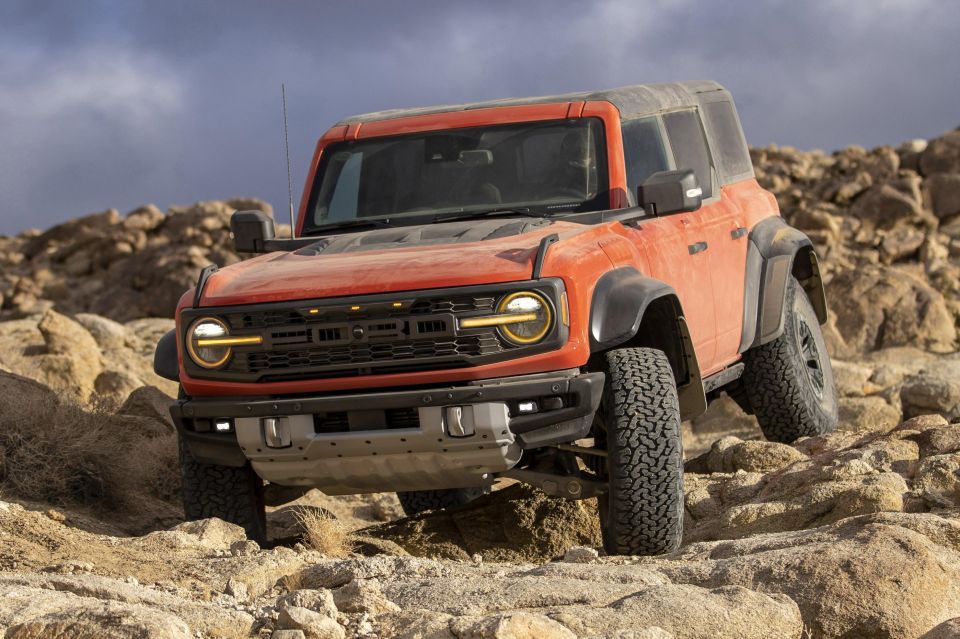
That’s still a significant 135kW and 83Nm more than the outgoing Ranger Raptor’s bi-turbo 2.0-litre four-cylinder diesel, mind.
It’s unclear just what Ford engineers have done to the Bronco Raptor to obtain this extra power and torque.
It’s also unclear whether Ford Australia will bring this more powerful tune to the Ranger Raptor at some stage.
The hot new ute is due here in August, a month after the core Ranger line-up.
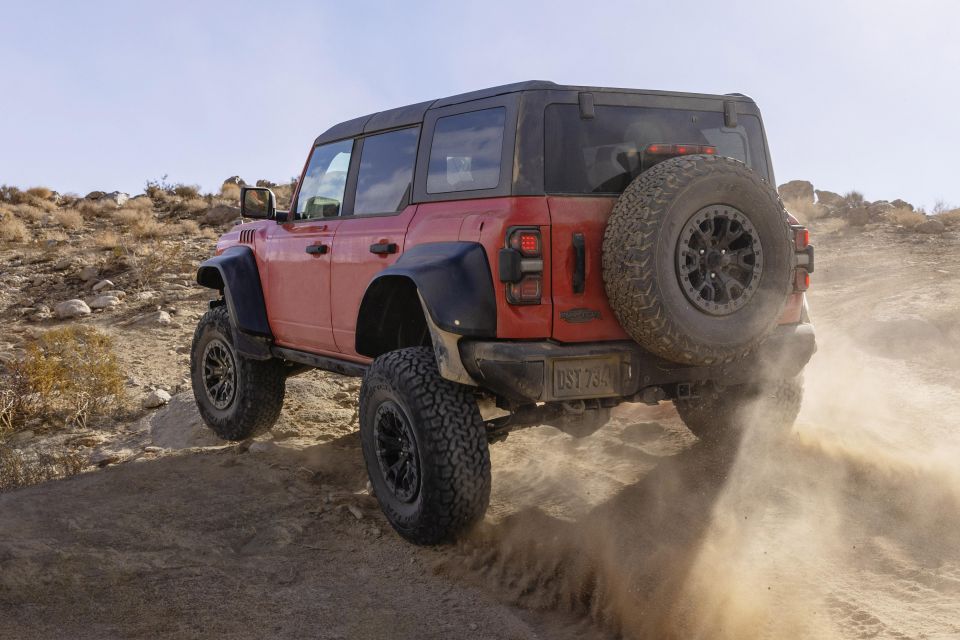
Though the Bronco uses a version of the Ranger’s T6 body-on-frame platform, engineered by Ford Australia, there’s no right-hand drive version available.
Unlike the new Ranger, which will also offer a trio of turbo-diesel engines in Australia, the Bronco has a petrol-only line-up.
This comprises a turbocharged 2.3-litre four-cylinder engine with 201kW and 420Nm, and a twin-turbocharged 2.7-litre V6 with 231kW and 540Nm.
The Bronco Raptor, set for a US launch later this year, builds on the already impressive off-road credentials of the core Bronco range with a raft of modifications.
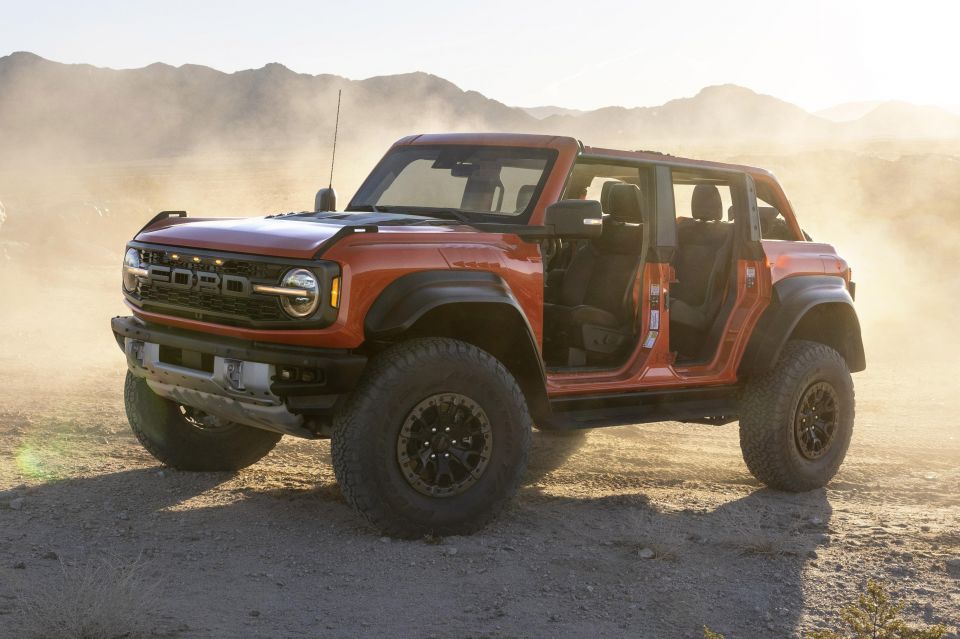
Available only with the four-door body style, the Bronco Raptor has a claimed 50 per cent greater torsional rigidity than the regular four-door Bronco thanks to B-pillar cross bar and C-pillar reinforcement.
Ford says the Raptor’s high-performance off-road stability suspension system (HOSS) 4.0 system is a similar position-sensitive damping design to the F-150 Raptor, and features Fox 3.1 internal bypass semi-active dampers that are uniquely tuned at the front and rear.
There are also integrated reservoirs at the front and remote reservoirs in the rear.
On top of this, suspension height sensors and sensors at each corner of the Bronco Raptor monitor terrain conditions hundreds of times per second and adjust the suspension tune accordingly.
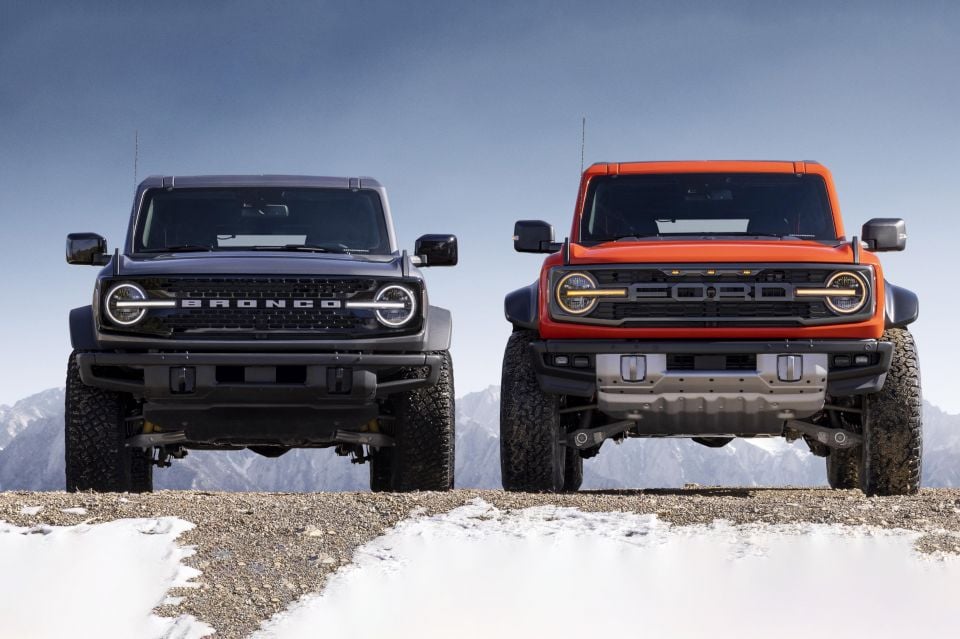
The solid rear axle on the Bronco Raptor has been upgraded to a semi-float Dana 50 heavy-duty AdvanTek with 235mm ring gear, while the Dana 44 AdvanTek front-drive includes upgraded half-shafts with 210mm ring gear.
These upgraded front and rear axles increase the track width by 218mm over the regular Bronco, while overall width is up by 250mm due to its flared wheel arches, under which sit 37-inch 37-inch BFGoodrich KO2 all-terrain tyres.
17-inch beadlock-capable wheels are available.
The Bronco Raptor also has 122mm more ground clearance than the base four-door model, which brings it to 333mm in total – 50mm more than a Mercedes-Benz G400 and 43mm than a Land Rover Defender even in its most aggressive off-road mode.
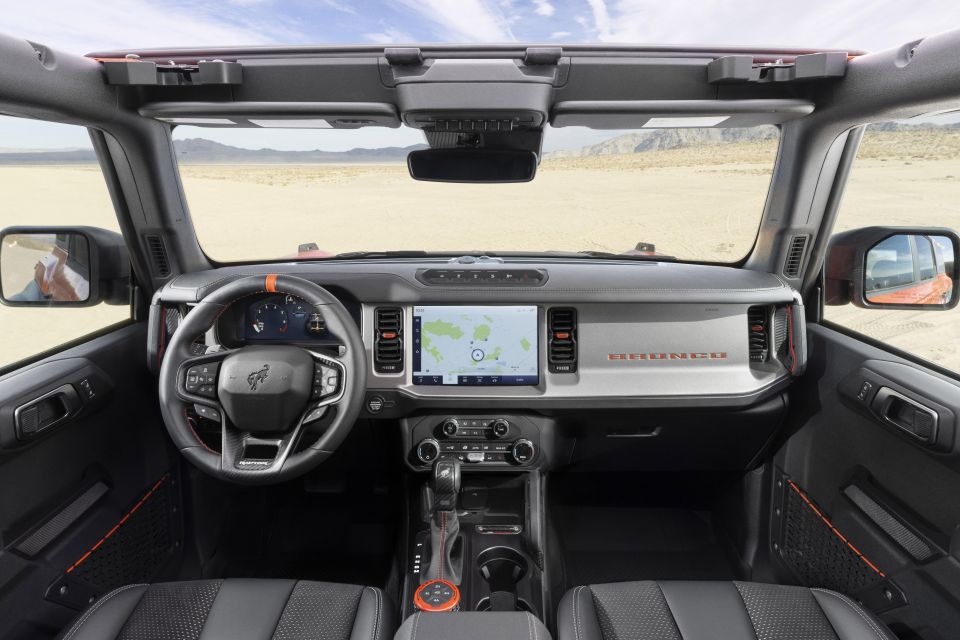
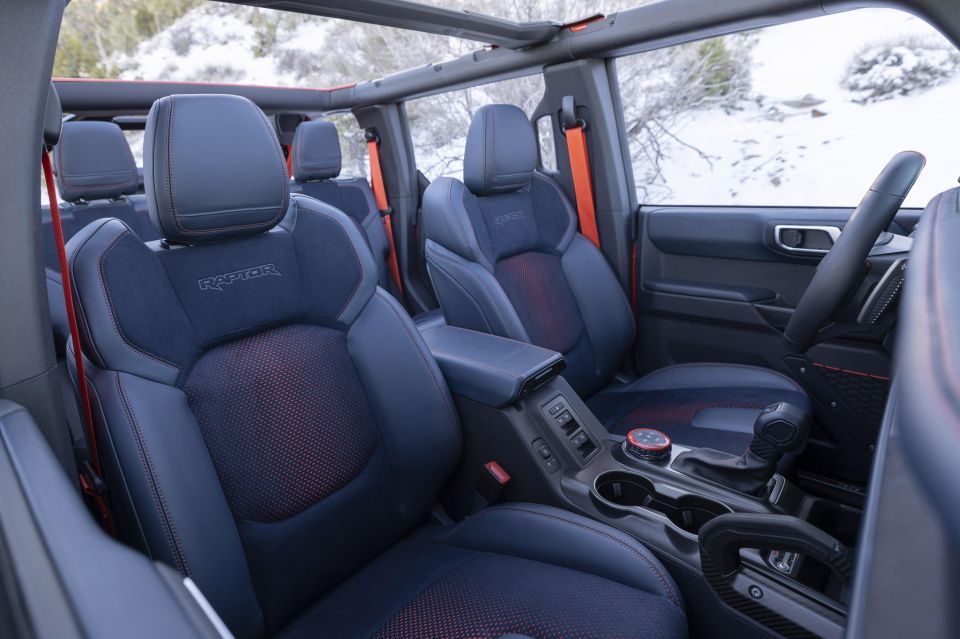
Unique Ford Performance-designed front and rear control arms help deliver maximum wheel travel of 330mm at the front and 360mm at the rear, increases of 40 and 60 per cent respectively over a base Bronco.
There’s a higher-capacity clutch and an upgraded two-speed transfer case which features a 3.06 4X4 LO ratio for up to 67.7:1 crawl ratio.
In addition to the existing terrain modes, the Bronco Raptor receives a Baja Mode that activates a turbo anti-lag, as well as Trail Control, Trail Turn Assist and Trail One-Pedal Driving modes.
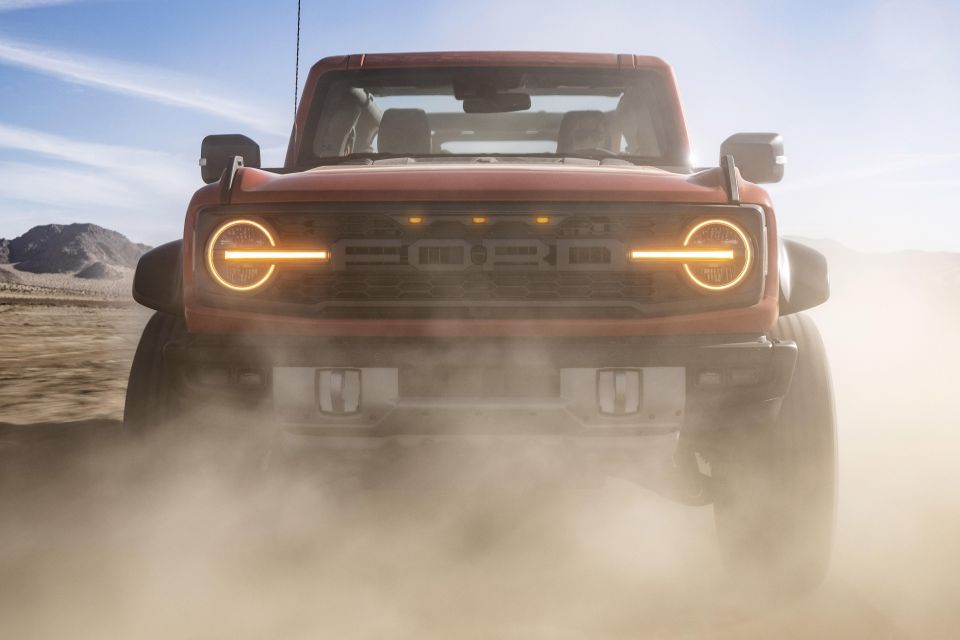
As with core Bronco models, there are electronic locking front and rear differentials.
It’s visually distinguished from lesser Broncos by its Ford Performance heavy-duty steel front bumper with integrated tow hooks, removable bumper end caps, unique front and rear quarter panels, removable Rigid LED fog lamps, Rigid off-road driving lights, a heavy-duty bash plate, and skid plates.
Other visual changes include FORD lettering across the grille, a bulging bonnet with vents, unique LED daytime running lights and Code Orange highlights in the cabin.
Where expert car reviews meet expert car buying – CarExpert gives you trusted advice, personalised service and real savings on your next new car.
William Stopford is an automotive journalist with a passion for mainstream cars, automotive history and overseas auto markets.


Matt Campbell
4 Hours Ago


William Stopford
20 Hours Ago


Josh Nevett
21 Hours Ago


Ben Zachariah
2 Days Ago


CarExpert.com.au
2 Days Ago


Damion Smy
2 Days Ago